POTTED HISTORY: Experts Uncover Fingerprints On Ceramics Dating Back 8,000 Years
Experts have uncovered fingerprints on ceramics dating back 8,000 years in what is believed to have been an ancient pottery workshop, said to be one of the oldest in the world.
The Ulucak Mound in the Kemalpasa district of Izmir province in south-western Turkey is said to be one of the oldest ceramic makers in the world and Newsflash spoke to the head of the dig, Professor Ozlem Cevik in an exclusive interview.
Professor Cevik, who is an Associate Professor at Trakya University, in the city of Edirne, in north-western Turkey, confirmed that they had found ancient fingerprints on some of the ceramics there, including on some of the ancient dough used to make them.

She said that the workshop is a very important site as it demonstrates one of the first cases of human specialisation in the production of ceramics.
Professor Cevik, 53, told Newsflash: “Clay vessels became integral part of material assemblage starting from the beginning of 7th millennium BC in a wider region, from Upper Mesopotamia through western Anatolia.
“Based on several methods applied to clay vessels taken from different sites in this wider region it has already been assumed that pottery started to have been made by specialists (because of standardisation in paste preparation) after ca. 6000 BC.
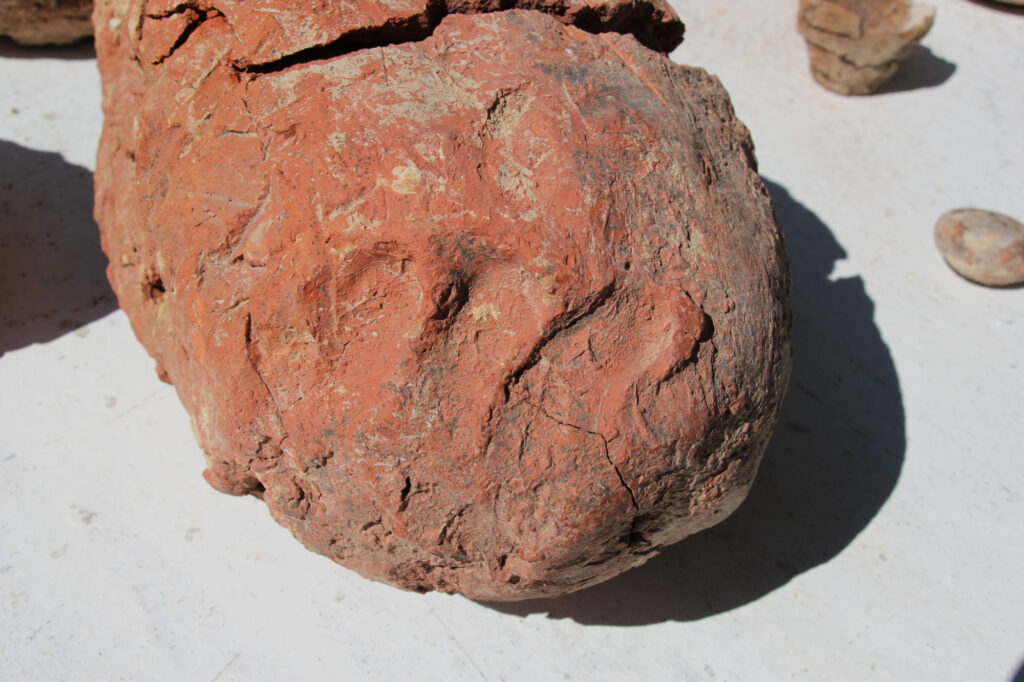
“However, it was so far unknown whether this specialised pottery production was still being carried out in domestic quarters by skillful members of the community or rather in a more organised way in functionally distinct areas of the settlement, such as workshops.
“Accordingly, the pottery workshop discovered in Ulucak Hoyuk, dating between 6000-5840 BC, represents the first clear evidence that pottery making was carried out by possibly a group of skilful pottery crafters, in a distinct area from domestic buildings.”
Professor Cevik said that the fingerprints belonged to male and female adults, as well as children up to the age of 11. She added: “The case of Ulucak suggests that no gender differentiation has been evidenced during the initial steps for specialised pottery production.”
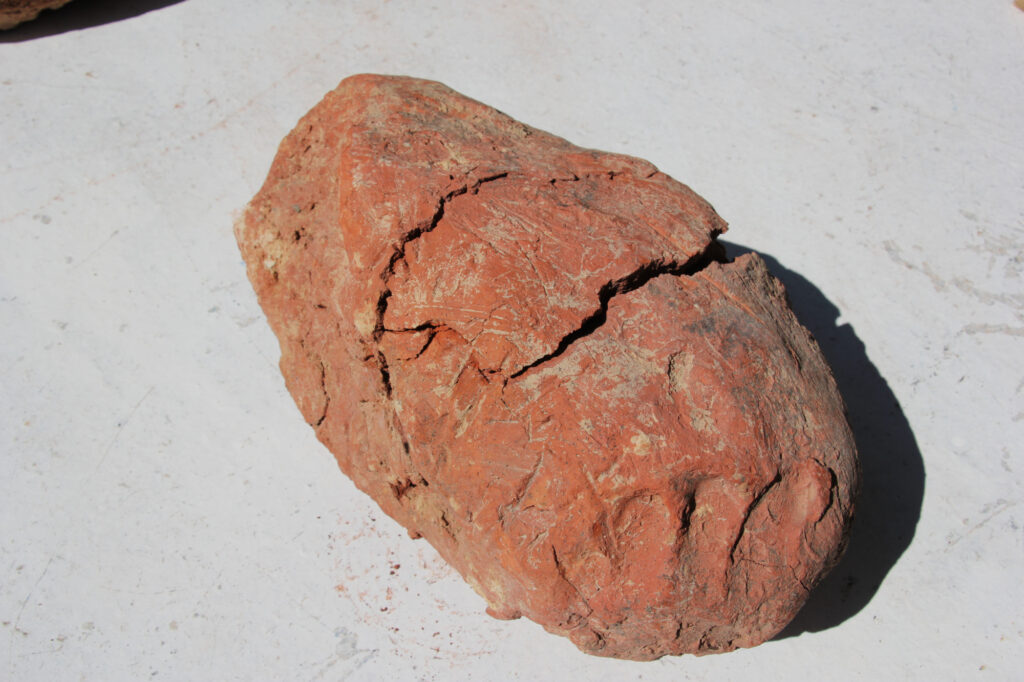
She added that the “fingerprints were found on clay loaves which were prepared for pottery making.”
The experts also found numerous other artefacts in the six-room building complex, including “clay loaves (pastes), several red pigments lumps (possibly hematite) used for slipping of clay vessels, a large amount of grindstones used for powdering the red pigments, bone spatulas used for smoothing the clay surfaces, polishing stones and unfinished coil vessels.”
Professor Cevik, who has been directing the Ulucak excavations since 2009, also said that it might be possible to analyse the fingerprints using modern imaging technology, adding: “This depends on the state of a fingerprint’s preservation. If the person who left these prints did not wiggle their finger while leaving these prints or press their finger on exactly the same spot twice, their fingerprints could be imaged quite easily and precisely with a good camera.”
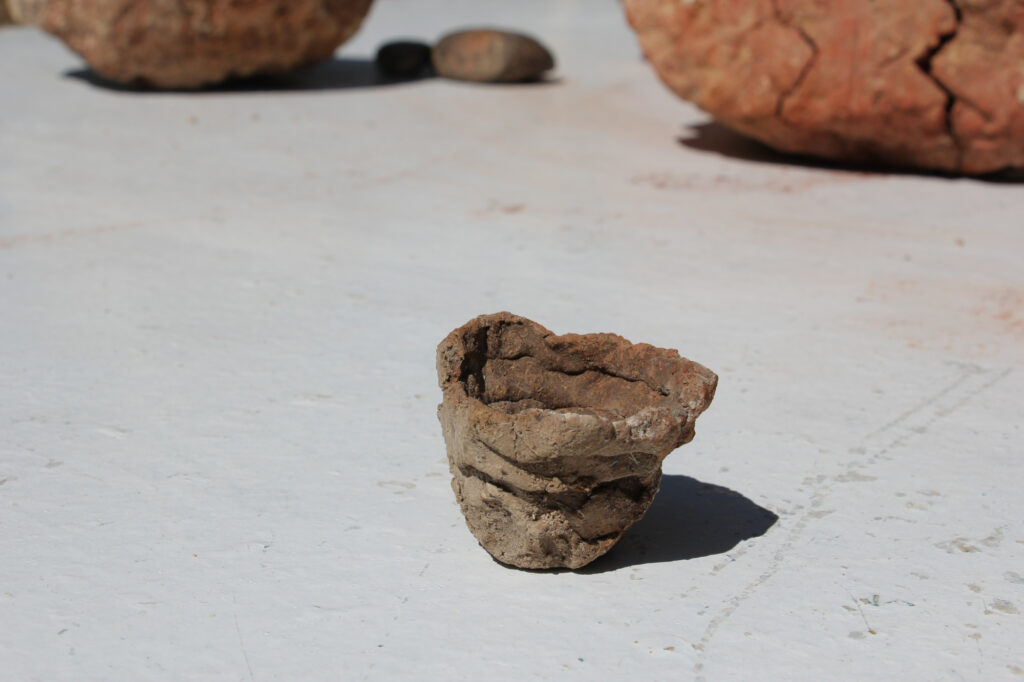
She added: “According to Dr Aysel Arslan (Koc University), who studied fingerprints on clay objects from the Pottery Workshop as a part of her PhD dissertation, it is possible, yet more challenging to identify fingerprints found in the workshop compared to those from contemporary humans.
“Archaeological objects go through taphonomic processes because they were exposed to different weather conditions, etc. for a very long time.
“So, parts of these fingerprints can get chipped away, making it more difficult to identify them than fingerprints from contemporary humans. In that sense, their identification strictly depends on how well the fingerprints were preserved.
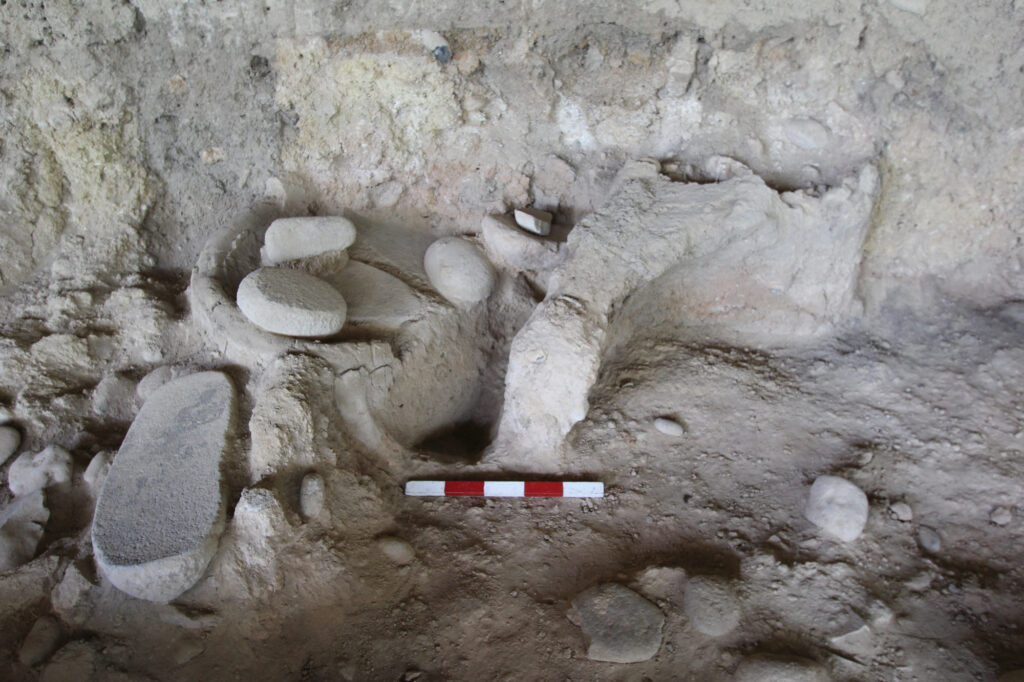
“In rare cases, the whole finger ball, where the fingerprint pattern is located, could be preserved. For example, only a couple of complete fingerprints are present on the large clay loaves from the workshop.
“But, generally speaking, partial fingerprints are more commonly found in archaeological assemblages. This situation is not so different from the clay objects made by contemporary humans. Contemporary clay objects also rarely have complete fingerprints if they were left accidentally.”
Professor Cevik said that the evidence shows that the people working in the workshop will have been skilled, but further research is also needed. She said: “The distinct quarter from the domestic buildings for only used special purposes, in this case for pottery making is a self-evidence.
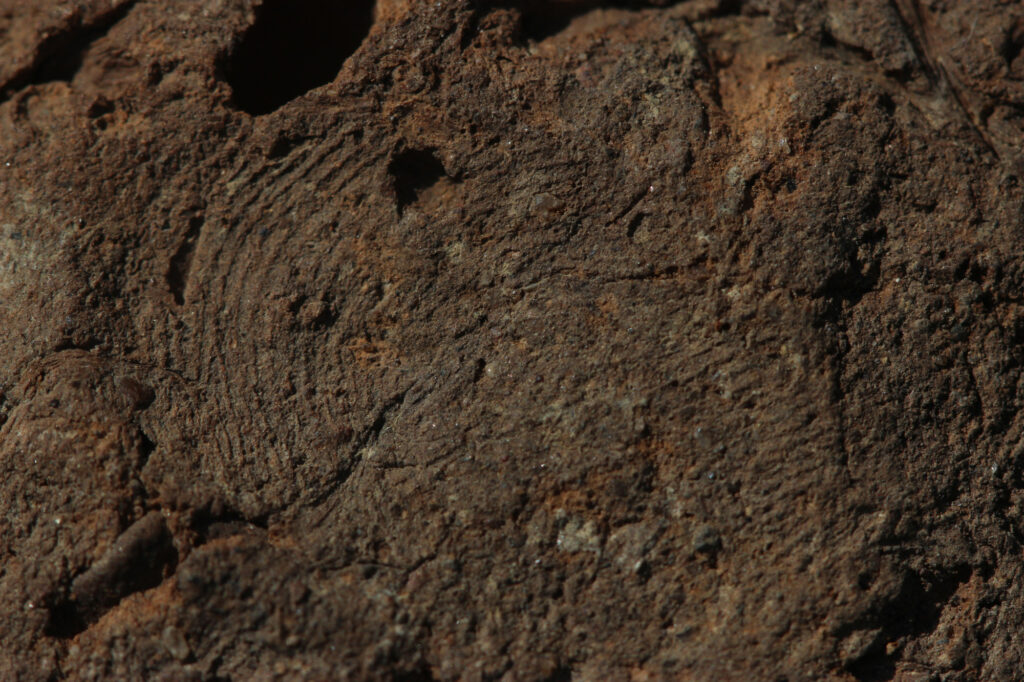
“We need, however, further analysis to understand what is the technological difference in pottery making between the household and workshop levels. The difference is due to fabric preparation or shaping technologies, level of skill and so on.”



